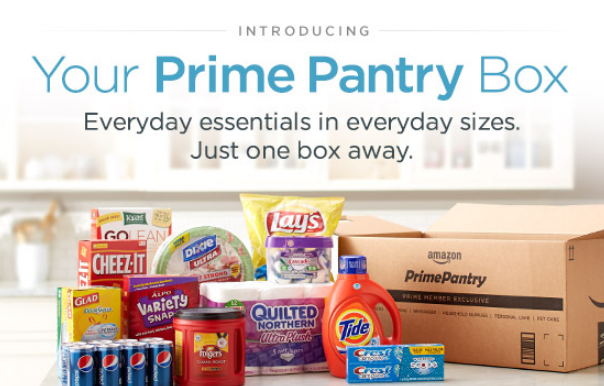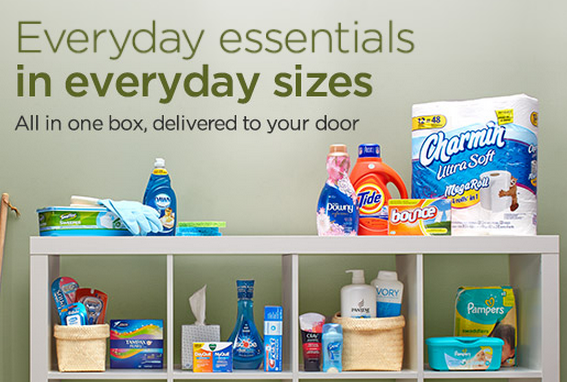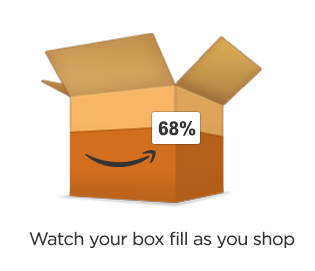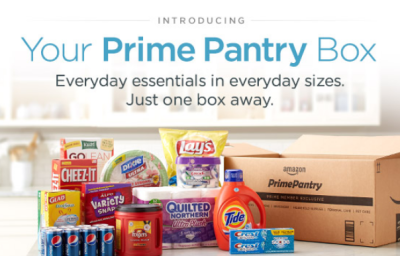 On Wednesday, April 23, Amazon launched a new service aimed at competing directly with Sams Club, Costco, and other wholesales. The new service, Amazon Prime Pantry, allows Prime members to shop for popular household items in a wide range of categories. This new service has been long rumored.
On Wednesday, April 23, Amazon launched a new service aimed at competing directly with Sams Club, Costco, and other wholesales. The new service, Amazon Prime Pantry, allows Prime members to shop for popular household items in a wide range of categories. This new service has been long rumored.

The new service offers Prime members, “exclusive access to low-priced everyday essentials in everyday sizes. Available nationally, Prime customers can buy as much or as little as they want and have items conveniently delivered to their home. Selection includes popular soft drinks and bottled water, a new range of paper and laundry products in popular pack sizes, single boxes of breakfast cereal, potato chips, convenience-sized personal care products and more.”1 While the service alone interesting, the shipping component stands out.
 As you begin adding items from the Prime Pantry, you begin to fill up a Prime Pantry box. The boxes can hold “up to 45 pounds or four cubic feet of household products.”2 As you are shopping, Amazon tracks the items based on size and volume and displays how much room is left in your box (left). There is a flat $5.99 delivery fee per Prime Pantry box.
As you begin adding items from the Prime Pantry, you begin to fill up a Prime Pantry box. The boxes can hold “up to 45 pounds or four cubic feet of household products.”2 As you are shopping, Amazon tracks the items based on size and volume and displays how much room is left in your box (left). There is a flat $5.99 delivery fee per Prime Pantry box.
There is sound economic reasoning behind the Prime Pantry Box. By packaging items individually, rather than in bulk, Amazon is able to offer a much wider selection of products. According to the Amazon Prime Pantry splash, “Prime Pantry allows Prime members to shop a wider range of products, including heavy and bulky items, all in popular pack sizes that are cost prohibitive to ship for free.”3
There is one minor downside to the new service, however. Instead of the standard two day Prime delivery, Prime Pantry delivery takes from 1-4 days.
- Amazon Newsroom, “Amazon.com Announces First Quarter Sales up 23% to $19.74 Billion,” 24 April 2014. ▲
- Amazon Prime Pantry ▲
- Amazon Prime Pantry ▲

